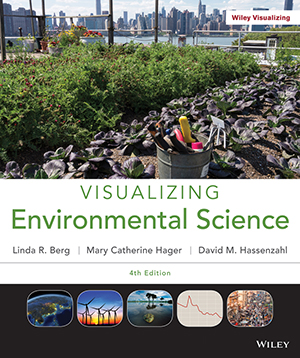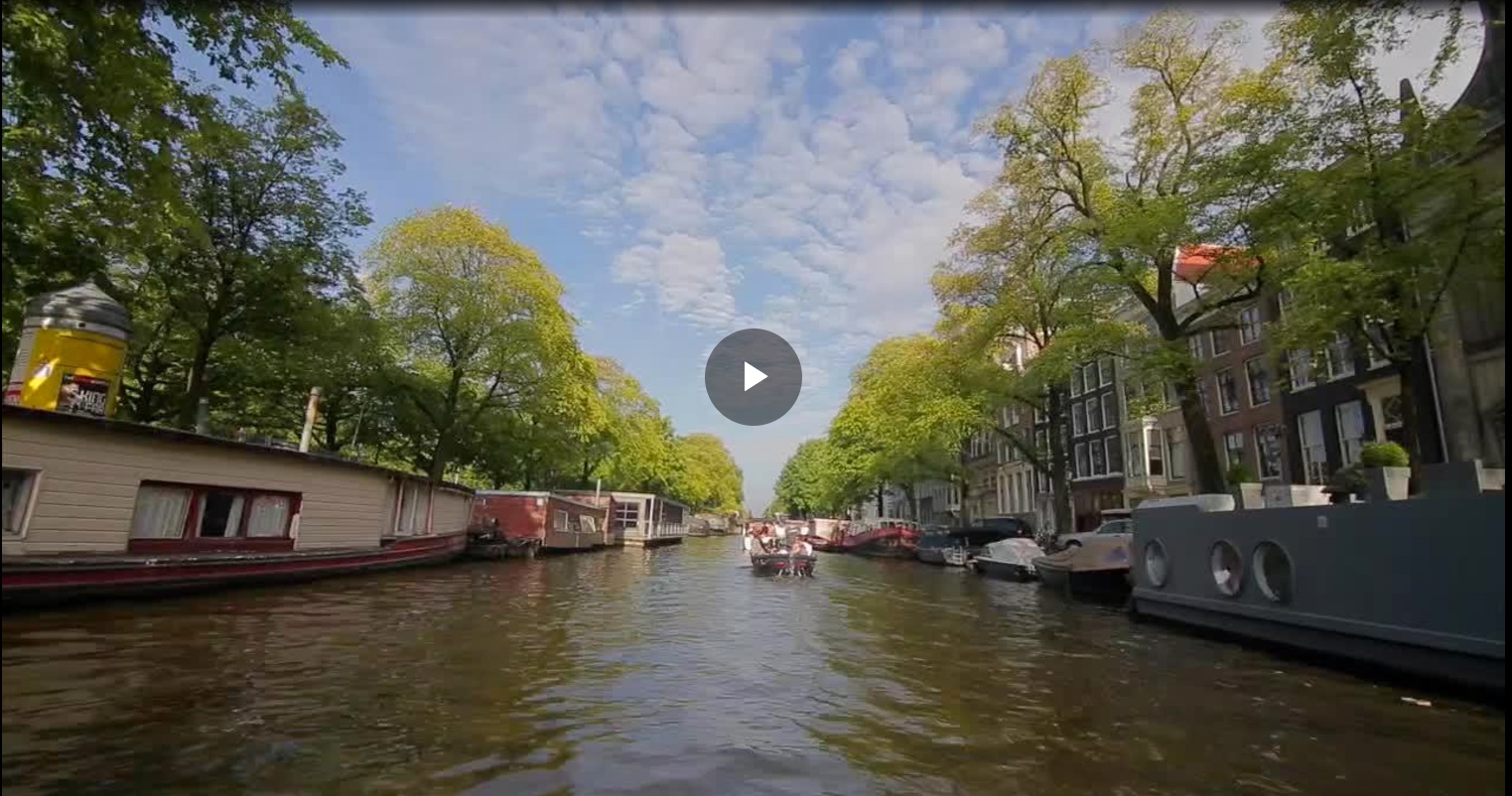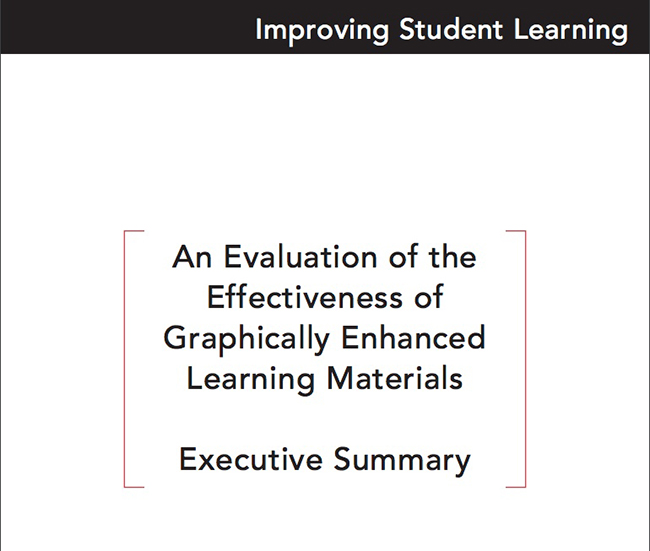
Visualizing Environmental Science, 4th Edition
By Linda R. Berg,Mary Catherine Hager, David M. Hassenzahl
Visualizing Environmental Science, 4e helps students identify and connect the central issues of environmental science through a visual approach. This new edition has refined visuals throughout, including an expansion of graphical representations of information to further engage the reader. Beautifully illustrated, Visualizing Environmental Science shows your students what the discipline is all about—its main concepts and applications—while also instilling an appreciation for the richness of the subject.
Schedule a Demo Sign Up for a Test Drive Adopt WileyPLUSWant to learn more about WileyPLUS? Click Here
Engage your students in Visualizing Environmental Science through virtual fieldtrips.
Enrich your students experience and increase information retention with virtual fieldtrips. Including locations such as, Costa Rica (Ecotourism), Florida Keys (Food Webs) and Peruvian Glaciers.
Additional virtual field-trips include:
Wine and Climate
Feedbacks and Sea Ice
Water Treatment Plant
Sea Level and Venice
Recycling
Coal Fired Power Plant

Increase student engagement with accompanying video material
A collection of videos, mostly from the award-winning National Geographic Film Collection, accompany each Wiley Visualzing text. Each video clip illustrates a specific concept or topic and is accompanied by commentary and questions that further develop student understanding. Icons in the text indicate when a video clip is available.

Wiley Visualizing’s multi-media approach to learning helps students achieve more
SEG Research recently conducted a national, multi-site study of students enrolled in introductory-level college courses. The study evaluated the effectiveness of Wiley Visualizing, an educational program designed to better engage students, increase retention, and improve student learning by use of a pedagogy in which meaningful visuals and multimedia are integrated with the text.
Wiley Visualizing supports faculty and promotes student engagement by facilitating comprehension leading to increased retention.

Linda R. Berg is an award-winning teacher and textbook author. She received a B.S. in science education, an M.S. in botany, and a Ph.D. in plant physiology from the University of Maryland. Dr. Berg taught at the University of Maryland (College Park for 17 years and at St. Petersburg College in Florida for 8 years). She has taught introductory courses in environmental science, biology, and botany to thousands of students and has received numerous teaching and service awards. Dr. Berg is also the recipient of many national and regional awards, including the National Science Teachers Association Award for Innovations in College Science Teaching, the Nation’s Capital Area Disabled Student Services Award, and the Washington Academy of Sciences Award in University Science Teaching. During her career as a professional science writer, Dr. Berg has authored or co-authored numerous editions of several leading college science textbooks.

Mary Catherine Hager is a professional science writer and editor specializing in educational materials for life and earth sciences. She received a double-major B.A. in environmental science and biology from the University of Virginia and an M.S. in zoology from the University of Georgia. Ms. Hager worked as an editor for an environmental consulting firm and as a senior editor for a scientific reference publisher. For the past 15 years, she has published articles in environmental trade magazines, edited federal and state reports addressing wetlands conservation issues, and written and edited components of environmental science and biology textbooks for target audiences ranging from middle school to college.

David M. Hassenzahl is the Founding Dean of the School of Sustainability and the Environment at Chatham University. An internationally recognized scholar of sustainability and risk analysis, his research focuses on incorporating scientific information and expertise into public decision. He holds a B.A. in Environmental Science and Paleontology from the University of California at Berkeley, and a Ph.D. in Princeton University’s Woodrow Wilson School. The National Science Foundation has supported his efforts in climate change education, and his work has been recognized by the Society for Risk Analysis Outstanding Educator Award and the UNLV Foundation Distinguished Teaching Award.
1 The Environmental Challenges We Face
2 Sustainability and Human Values
3 Environmental History, Politics, and Economics
4 Risk Analysis and Environmental Health Hazards
5 How Ecosystems Work 96
6 Ecosystems and Evolution 126
7 Human Population Change and the Environment 158
8 Air and Air Pollution 190
9 Global Atmospheric Changes 216
10 Freshwater Resources and Water Pollution 242
11 The Ocean and Fisheries 272
12 Mineral and Soil Resources 296
13 Land Resources 320
14 Agriculture and Food Resources 348
15 Biodiversity and Conservation 372
16 Solid and Hazardous Waste 396
17 Nonrenewable Energy Resources 418
18 Renewable Energy Resources 442
Graphing Appendix 466
Glossary 475
Index 480

